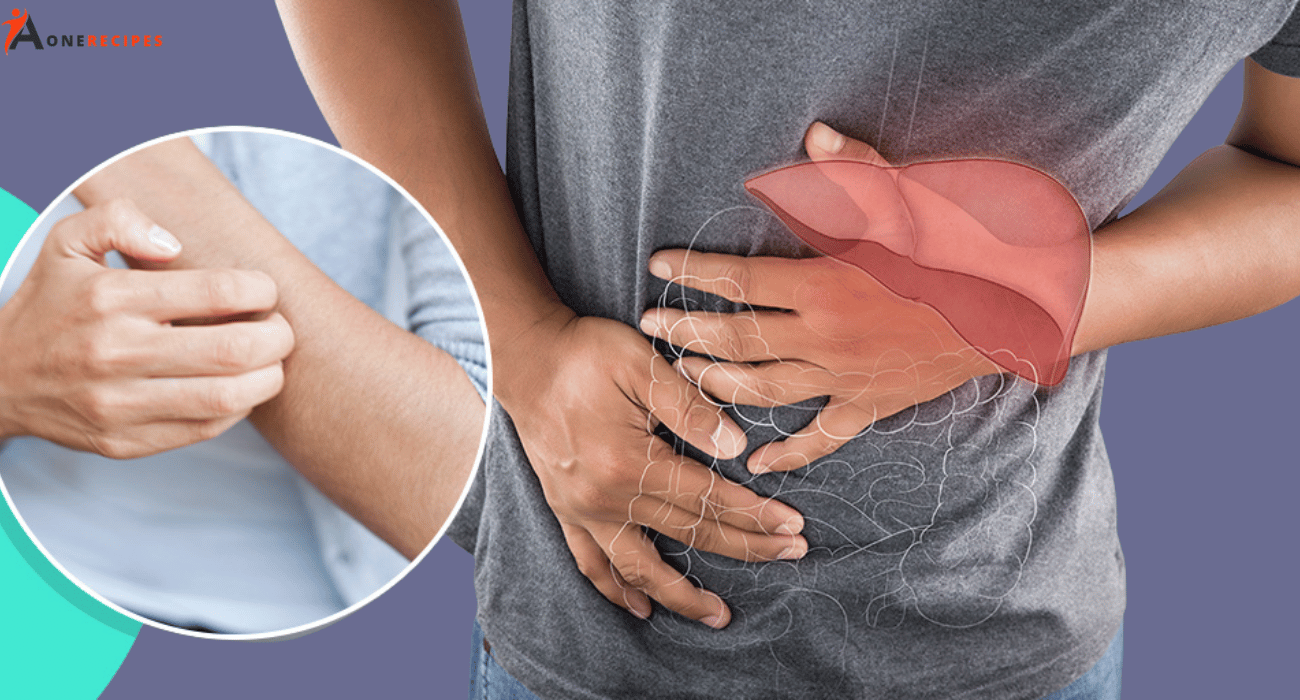9 Things in Your Bathroom That Could Be Harming Your Family’s Health
How to Keep Your Bathroom Clean and Bacteria-Free: Expert Tips and Hygiene Guidelines
Maintaining proper hygiene in your bathroom is essential to preventing bacterial growth and avoiding illness. Here are some expert tips to help you maintain a cleaner and safer bathroom environment.
1. Toilet Hygiene: Close the Lid Before Flushing
According to microbiologist Charles Gerba from the University of Arizona, flushing a toilet without closing the lid can cause toilet contents to spray up to 6 feet. To avoid contaminating surfaces, especially those around the toilet, always close the lid before flushing.
Protect Your Toothbrush: To avoid your toothbrush coming into contact with airborne contaminants, ensure it is kept at least 6 feet away from the toilet. Also, avoid storing it at the sink where water from washing hands could splash onto the bristles.
The American Dental Association (ADA) recommends keeping toothbrushes upright in a dry, separate area to avoid cross-contamination. Additionally, clean your toothbrush thoroughly after every use and replace it every 3 to 4 months to ensure it stays germ-free.
2. Proper Storage for Toothbrushes and Toiletries
Avoid Storing Your Toothbrush in a Closed Cup: A study published in 2012 highlighted that toothbrushes can act as reservoirs for microorganisms, which could increase the risk of infections. It’s best to store your toothbrush in a wall-mounted holder to allow air circulation and prevent microbial growth.
3. What NOT to Flush: Prevent Clogs and Contamination
While it may seem convenient, certain items should never be flushed down the toilet. Wet wipes, tampons, bandages, and dental floss can cause major clogs in the plumbing, as they don’t dissolve like toilet paper does. Always dispose of these items in the trash to protect your plumbing and the environment.
4. How to Clean Your Bathroom Effectively
Using Hot Water for Cleaning: Jenny Botero, an executive housekeeper, suggests letting very hot water run over surfaces like bathtubs and sinks for a few minutes before cleaning. This helps activate the detergent and improves cleaning effectiveness.
However, using only tap water may not remove shampoo, conditioner, and body wash residue from bathroom surfaces. These ingredients leave behind a slippery film that can accumulate over time, making it essential to use a proper cleaner for the best results.
5. Be Cautious With Chemical Cleaners
While chemical disinfectants are essential for killing harmful bacteria, overusing them can be harmful to your health. Some cleaning products contain toxic chemicals that may cause asthma, allergies, birth defects, or even cancer.
Additionally, mixing chlorine bleach with ammonia can produce toxic gases that cause respiratory issues. For safer bathroom cleaning, choose products approved by the U.S. Environmental Protection Agency (EPA) and wear protective gloves and a mask while using harsh chemicals.
6. Soap Hygiene: Rinse Before Use
Bacteria thrive in moist environments, so soap bars can quickly become breeding grounds for germs. The Centers for Disease Control and Prevention (CDC) recommends rinsing soap bars under running water before use to remove any harmful substances. Liquid soap is a better option for handwashing, as it’s less likely to harbor bacteria.
7. Towel Hygiene: Change Regularly
Towels are a prime environment for bacteria, especially when left damp in a bathroom. To avoid the spread of germs, change towels every 2 days, or after 3 to 5 uses. If possible, use a new, dry towel after each use to prevent bacterial buildup.
8. Replace Your Loofah Regularly
Using the same loofah for months may seem harmless, but it can quickly accumulate bacteria and mold due to its damp environment. Replace your loofah regularly and store it in a dry area to keep it fresh and bacteria-free.
By following these bathroom hygiene tips, you can create a cleaner, safer environment for yourself and your family. Regular cleaning, mindful storage of toiletries, and the use of safe products will go a long way in preventing the spread of germs and maintaining a healthy bathroom.



